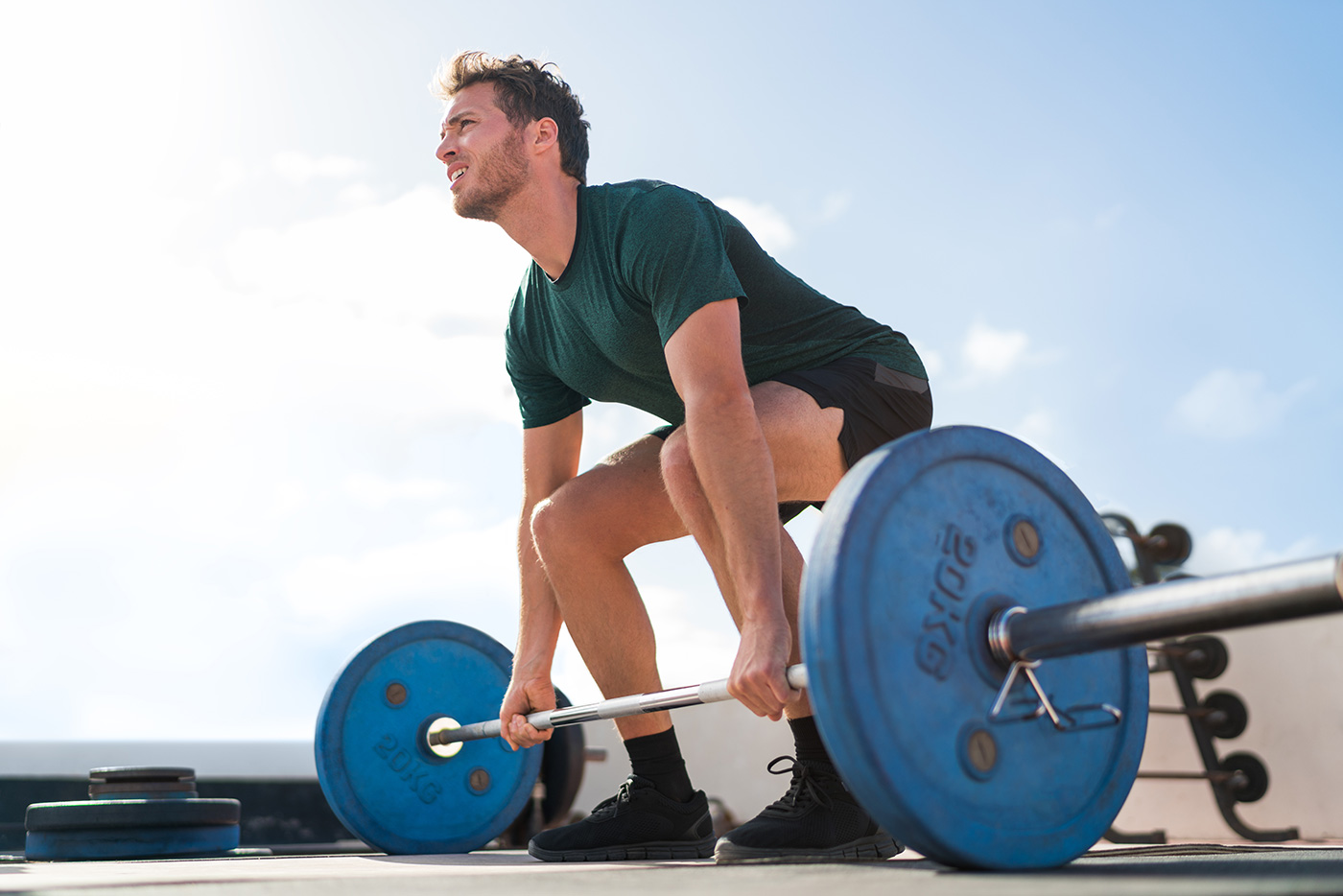Preventing Squatting Injuries in Powerlifting
How to prevent disc injuries when squatting. Our squat as a child is near perfect, the joints are controlled and the mobility is sufficient to…
Chiropractic treatment is ideal if you suffer from powerlifting and weight training related injuries.
The reason being that we understand and specialise in biomechanics of the whole body, not just the pelvis, back and neck. We also specialise in ligament, tendon and muscle injuries which means that we are ideally placed to help you with your problems and also help you prevent injuries and help you reach your potential.
Read more about it in this article where we will discuss the relationship between lower limb dysfunction and back injuries.

Want to know more? Request a Callback
Or give us a call, to find out how we can help you with Powerlifting Injuries And Chiropractic.
Book an Appointment
Schedule an appointment for Powerlifting Injuries And Chiropractic tailored to your needs.
Powerlifting is a strength sport in which competitors take three attempts at lifting as heavy as possible in three disciplines: squat, bench press and deadlift.
The sport evolved in the 1950s, while Olympic weightlifting was suffering a decline strength sports rocketed in popularity, particularly in the USA and the UK. People wanted less technical lifts with more rewards, so they turned to “odd lifts” an accumulation of maximal gym lifts, which soon was whittled down to a squat, bicep curl and bench press, soon to be replaced with deadlift, squat and bench press, which are the ‘lifts’ as they are known today.
The sport is now highly regulated by the International Powerlifting Federation (IPF), there are strict rules, weight classes and there are 3 referees for each competition, which is referred to as a “meet”.
Powerlifting has been reserved for the “bigger built” men for years, a daunting scene for anyone to attempt to join.
However more recently the sport has seen a phenomenal increase in young lifters of both sexes and of all ages. As more and more people are participating in powerlifting, many questions arise: safety, technique and training protocols.
Lifting maximal weights repetitively can cause serous irreparable damage to your spine, knees, ankles, wrists, elbows and shoulders.
Competitive Powerlifting is a graveyard littered with herniated lumbar discs and torn rotator cuff tendons, so why would anyone partake in such activities?
The fact is, when good technique is used in powerlifting it is a very safe pastime and will help to strengthen your back and core more than most other hobbies or sports, as we all know a strong back is a safe back.
What is the core and how do I know if I have a weak core? The core is a number of muscles that lay around your midriff, they keep you upright and when tensed form a protective girdle around the spine and abdominal cavity creating a bubble. This ‘bubble’ when rigid, supports the spine limiting any damage.
Imagine a cardboard box, which is very easy to crush with your hands? Now inflate a very heavy-duty balloon inside the cardboard box, this balloon actively pushes out against any crushing forces and creates a strong box. This balloon is what we call the intra-abdominal pressure and is the basis of a strong core.
You can activate your core with a simple exercise: imagine a boxer about to punch you straight in the stomach, what do you do? You lock up quickly! It is this ‘locking up’ which is your core activating. Read more about core stability here!
There are a number of commonly occurring injuries in power lifters such as: low back pain, knee pain, mobility and stability issues, sprain/strain and upper limb pains that we will examine in more depth throughout the next-coming articles, for now we will introduce you to an example of an often overlooked problem what chiropractic can help you with as a power lifter.
Those of us undertaking heavy physical activity of a repetitive or explosive nature regularly will without doubt suffer a degree of dysfunction.
Dysfunction is a deviation from ideal function. Ideal function means each joint moves efficiently and fully within its range of motion, the muscle tone around the joint is optimal with no tightness or restriction and the brain is able to co-ordinate the movements fluently and efficiently!
No easy task, thus there is normally a high degree of dysfunction even if you are lifting well and injury free. Dysfunction leads to compensation. If one joint is not moving as well as it should be another will have to pick up its slack and work harder, often leading to an injury that is distant from the site of dysfunction!
This is why traditional rest, ice, compression and elevation approaches to physical therapy are only successful in treating the acute local problem, not solving the underlying dysfunctional issues. This is also why chiropractic can help both injuries and prevention.
A nice example of dysfunction is the reduced mobility in the ankle causing problems in the squat.
When the ankle is not able to dorsi-flex (bend the foot towards the head) this can lead to a rounding of the lower back through poor compensation strategies and the infamous posterior pelvic tilt known to power lifters as the ‘butt wink’ occurs.
You can stretch, manipulate and treat the low back as much as you want, but until the ankle mobility is addressed the low back pain will represent as a problem again and again. Of course this is not the only cause of the posterior pelvis tilt, but it is one of the most neglected problems especially in the deep squat adopted by Olympic weight lifters.